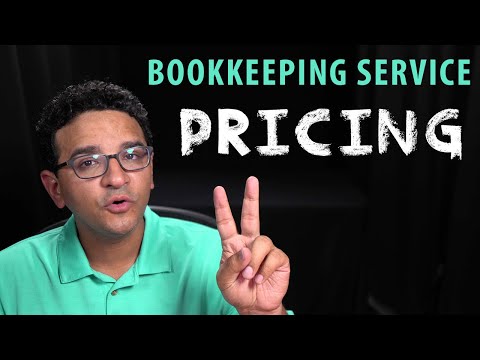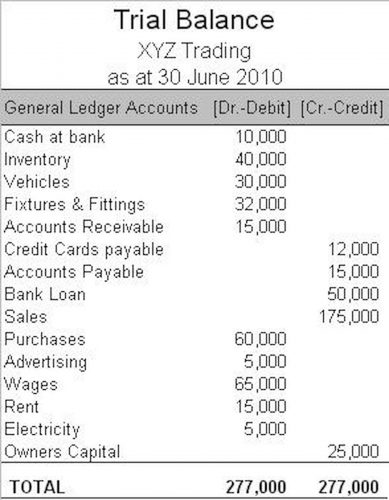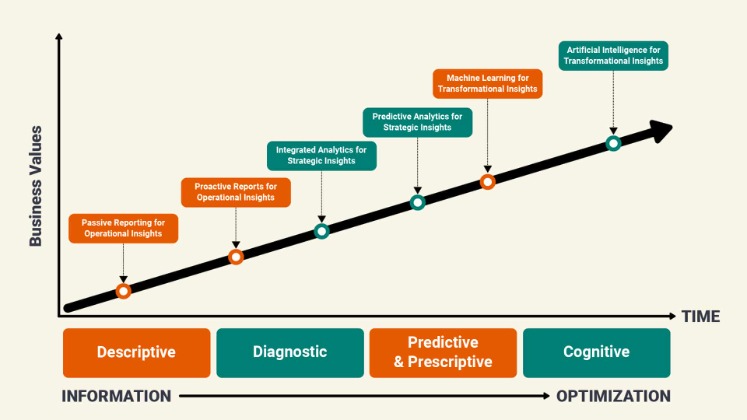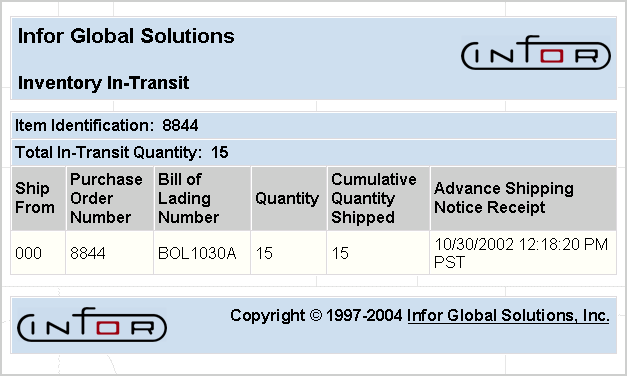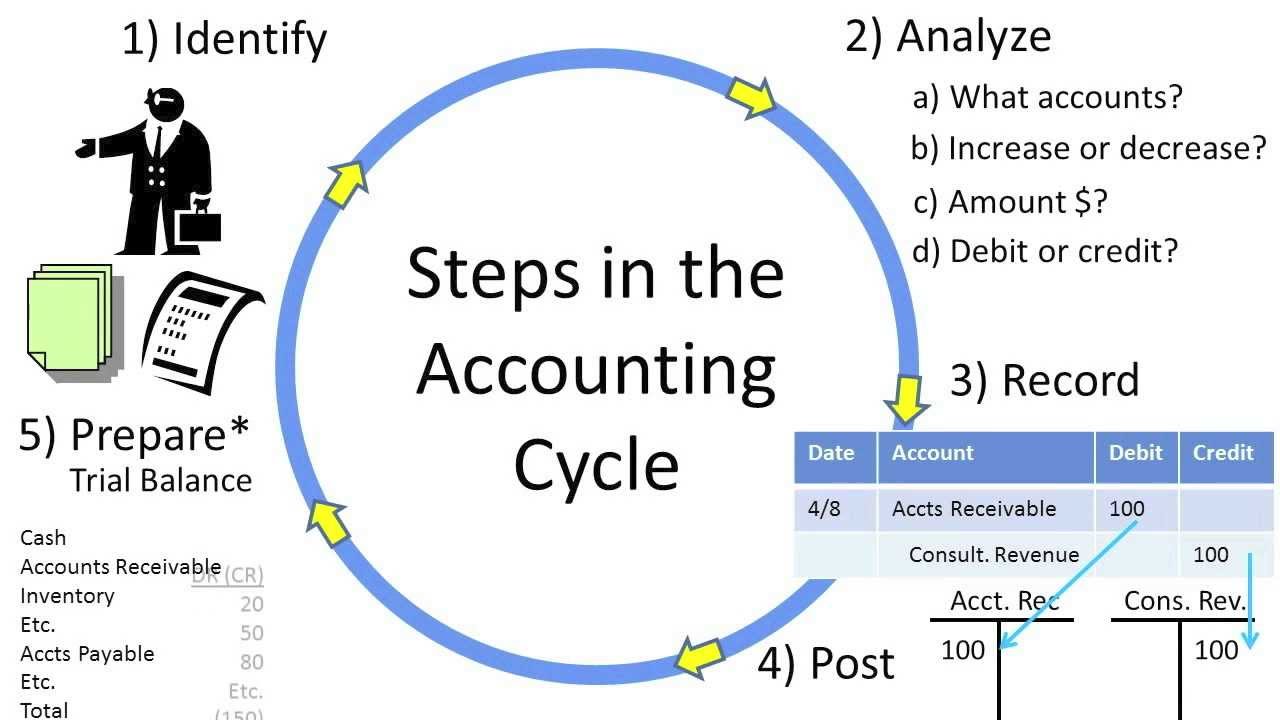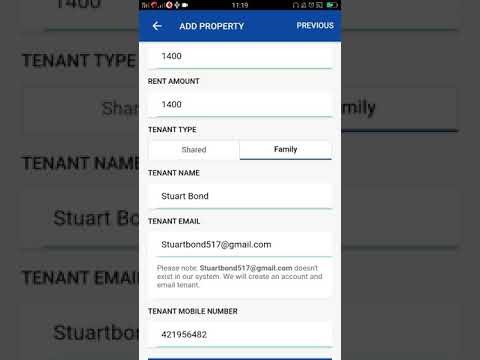How to register a company in Singapore 2024 Guide
For professionals in shared fields, a Limited Liability Partnership (LLP) might be a viable business structure. An LLP is a business structure that merges the flexibility of operating as a partnership with the advantages of limited liability, akin to that of a corporation. To establish an LLP, you will need to request a business name and officially register the LLP with ACRA. Once you have officially incorporated your Singapore business, the Companies Act requires specific annual filing requirements to be made. Check out our guide on the annual filing requirements for companies established in Singapore. Our experience with Singapore Corporate Services has been absolutely outstanding.
To access the BizFile+ platform, business users are required to log in with their UEN or government corporate account, while individuals can access the platform using an ACRA login. In comparison to other countries like China, opening a corporate bank account is also a simple process. Some corporate service providers such as us at Sleek offer matchmaking services with their network of bankers, making the process even smoother. Singapore banks also offer excellent Letters of Credit (LC) support to Singapore companies engaging in international trading. In comparison to other types of companies in Singapore, a Private Limited Company (Pte Ltd) is the most scalable, advanced, and flexible business structure for Singapore companies.
If you do not want to draft a company constitution from scratch, model Constitutions are available here. Get an estimate of how much it costs to start and run a business in Singapore with our Setup Cost Calculator. Read up on the regulations that are specific to your business sector or industry. Understand the differences in doing business in Singapore versus the Philippines with this comprehensive guide by Sleek. Incorporating in Singapore is a strong choice when deciding where to base yourself. A stable economy, a strong workforce, and business-friendly tax policies let you get up and running sooner- so you can spend less time tangled in admin and more time growing your business.
How To Register a Company in Singapore – 2024 Complete Guide
This setup allows for separating management other expenses definition and meaning and investment roles, with the general partner handling daily operations. Each structure presents unique advantages and disadvantages, depending on the nature of your business plans and personal preferences. Consulting with company formation consultants can provide valuable insights into which structure might be best for you.
Common Tasks After Company Registration in Singapore
Applications that need to be referred to another government agency may take 14 to 60 days to be processed and approved. In Singapore, all businesses are generally required to register with the Accounting and Corporate Regulatory Authority (ACRA). Exemptions are granted for business owners who operate their businesses using their names as reflected in their NRICs.
Ongoing formalities and filing requirements for Singapore companies
- In addition to Singapore citizens and permanent residents, only foreigners with a Dependant’s Pass, Overseas Networks & Expertise (ONE) Pass or Letter of Consent are allowed to register a sole proprietorship.
- While Singapore has a few different types of business structures, setting up a Private Limited Company (also known as PTE LTD, PVT LTD, or LLC) is by far the most preferred and popular choice.
- We support over 7000 businesses in Singapore , and would be thrilled to help you with your business needs.
- To stay in good standing with ACRA, Singapore-incorporated companies must submit their annual returns within 30 days of conducting an AGM.
- This is a company entity commonly used for non-profit activities, such as charitable organisations and associations.
The cost of registering a Singapore company includes a government fee of SGD 315, along with the service fees from your chosen corporate google gmail and trainerize integrations service provider in Singapore. Typical services provided by your corporate service provider may include annual company secretarial services, nominee local director, registered address, accounting, and tax filing. After successful company registration, you must complete various crucial tasks and meet compliance requirements. These include creating a company business profile, opening a corporate bank account, obtaining necessary business licenses and permits, and fulfilling annual filing requirements. To start and operate a business in Singapore, you must first choose your preferred business structure. Next, you need to register your company with the Singapore Company Regulator, known as The Accounting and Corporate Regulatory Authority (ACRA).
To see a quick summary of various business structures in Singapore, click on one of the two options below. After registering your company, you may need to incur self-employed and unemployment certain fees in order to maintain it and ensure regulatory compliance. Notably, there are no capital gains or dividend taxes on Singapore companies. Under the HDB’s Home Office Scheme, individuals may also use their residential address as the business address. According to the Singapore Companies Act, every company must appoint a qualified company secretary within 6 months of incorporation.
This means when your business is not able to pay back a particular debt, the creditors can go after your assets as well as those of the company. This guide will detail all the essential company registration requirements and walk you through each step of registering a Singapore company online. Apart from the company constitution, another important legal document that is required as part of the incorporation process is that of a shareholder agreement. To register a business, the applicant must log into the BizFile+ website using his identification number and SingPass.



